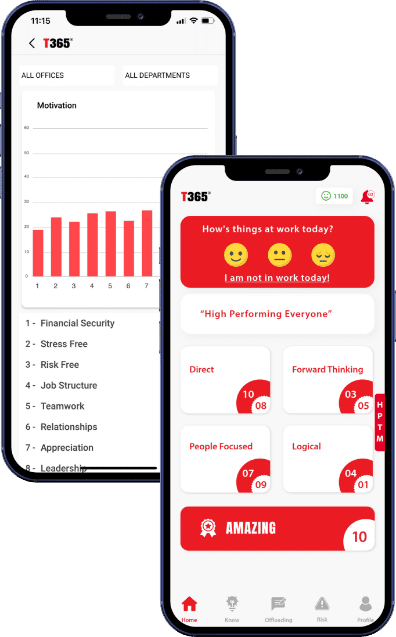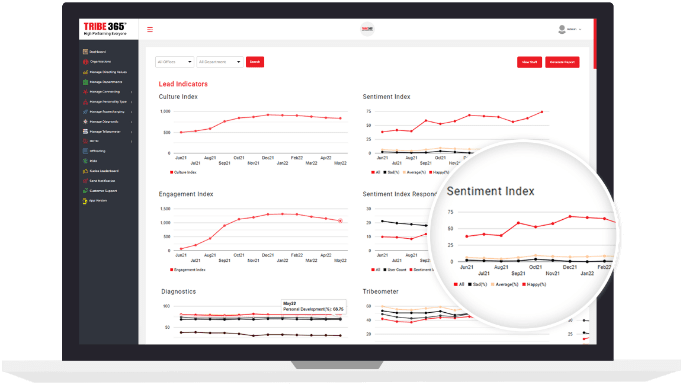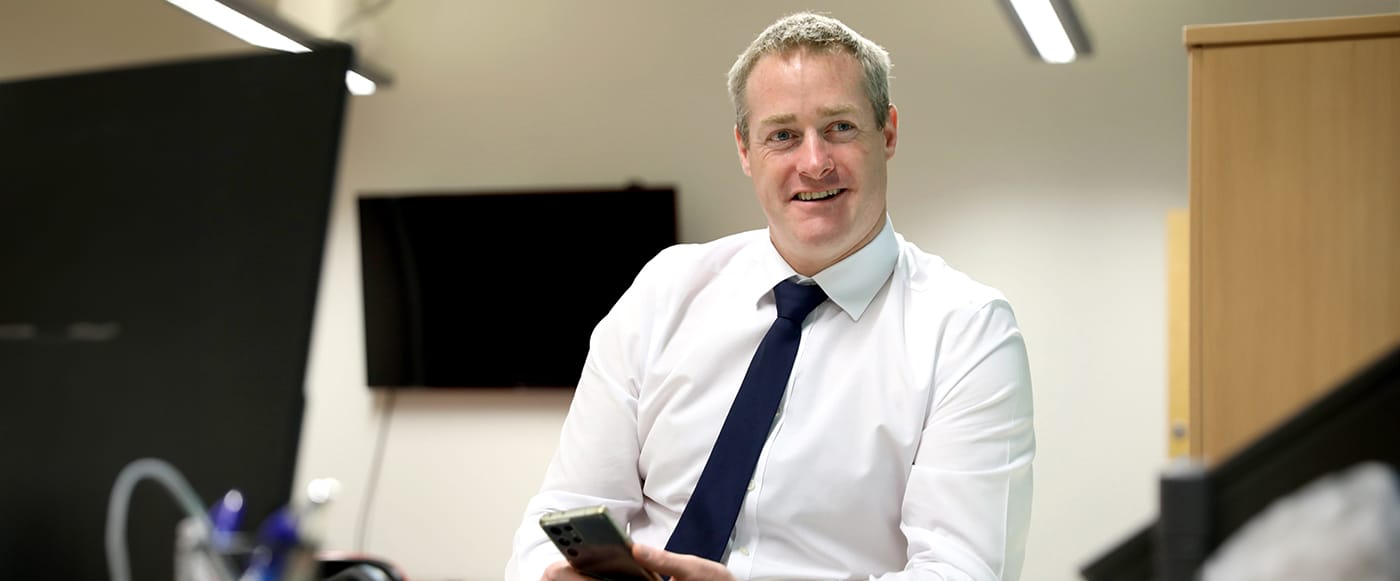The 5 Behavioural Risks
There are 5 behavioural risks which are always prevalent whenever people are involved in any activity.
In any environment where people are involved these 5 risks need constant attention to mitigate any negative impact on anything anyone wants to achieve. This will be needed in work, sport, schools, homelife and anywhere the growth and performance of individuals, teams and entities is valued.
What are Behavioural Risks
Behavioural risks refer to actions or attitudes that negatively influence an organization’s culture, productivity, and overall employee morale. These risks can undermine efforts to build employee engagement and inclusivity, resulting in lower job satisfaction and increased turnover.
What are the 5 Behavioural Risks:
The 5 constant Behavioural Risks to performance are:
- People stop believing in what they are doing (Belief)
- People stop prioritising themselves (Balance)
- People stop seeing everyone and everything around them positively (Inclusiveness)
- People stop buying into the structure around them (Structure)
- People stop feeling they can be honest (Honesty)
These risks are a constant threat in all our environments and need clear strategy and management.
Risk 1: People stop believing in what they are doing (Belief).
An individual, team or organisation with low levels of belief creates feelings of apathy and futility, leading to disengaged teams. Focused activity on individual, team and organisational purpose helps to foster unity and build focus and engagement, employee engagement apps (like Tribe365® app) help to support positive reinforcement between team members and bring values and beliefs alive whilst also building reward initiatives that align to organisational goals.
Risk 2: People stop prioritising themselves (Balance).
Individuals, teams and organisations focus on deliverables and it is very easy to forget the importance of prioritising and managing ourselves. If we don’t, there is a high likelihood we’ll burn out or suffer an individual crisis. Configuring employee engagement platforms to make sure there are regular employee engagement surveys and stop checks helps to remind everyone to prioritise and manage their own balance.
Risk 3: People stop seeing everyone and everything around them positively (Inclusiveness)
A strong employee engagement programme must prioritise valuing everyone and everything positively to build forwards. Positioning employee engagement survey questions to understand how well team members are resetting their emotions and only engaging and viewing everyone positively will help act as a reminder of the importance and also start to assess where you are with building a positive collaboration only environment.
Risk 4: People stop buying into the structure around them (Structure)
One of the biggest killers in any environment is immovable and restrictive structures. Employee engagement and retention is greatly turned around by finding a more agile approach to structure, making sure team members are valued and engaged throughout potentially employing tools such as employee engagement solutions or gamified platforms to constantly contribute and reflect on the established structures within your environment.
Risk 5: People stop feeling they can be honest (Honesty)
The hardest space to nail is creating a space where everyone can be honest all of the time. Forming an employee engagement strategy with honesty at the core clarifying roles and responsibilities will help speed up culture transformation towards the best spaces. Incorporating a third party well defined employee engagement survey provider will help mitigate some of the challenge around creating a psychologically safe space for team members to offload safely and in the confidence things will happen.
Where do the 5 Behavioural Risks Come from
The 5 behavioural risks have been lifted from the HPTM® (High Performing Team Members) programme which established 5 systems of focus (Belief, Balance, Inclusiveness, Structure, Honesty) to manage to always position individuals, teams and organisations to deliver the best they can with what they have. The programme also benefits from BTFA™ (Duxinaroe – Neuroscience Programme) alignment.
What happens if you don’t manage the 5 Human Risks
Negative impact starts happening at the very earliest point if any one of the 5 behavioural risks aren’t managed.
Honesty
When people start to feel that they can’t be honest we can see so much harm. We must have people recognising that each emotion is a stimulus from the brain (BTFA™) and we should all explore why the emotion may exist to better understand ourselves and our environment. If we start to suppress we are going against a vast vehicle built for our survival, and this can be the start of the worst things for our mental health. Performance in every sense in an environment is at risk. It is essential for everyone and all environments to promote “Express don’t suppress” as a default. From a business sense the risk of poor honesty is everything really, however speed is the easiest summary focus – if you don’t manage the honesty risk, there will be slower results in everything.
Belief
When people start to not fully believe in what they are doing, energy within the individual for the activity reduces, things drop off and it becomes more of a pull and push to involve the individual. The consequence on an environment where individuals start to reduce the belief in what they are doing can be at worst catastrophic and at the very least unpredictable. The main areas affected are resilience, energy, application and proactivity.
Balance
When people don’t fully prioritise themselves then we start to see suppression leading to potential frustration and conflict within an individual. This can lead to disengagement from an activity and at worst individual crisis. The main area affected is sustainability.
Inclusiveness
When people don’t see everyone and everything around them positively we start to see more erratic behaviours. It is only logical that anyone/anything that doesn’t match the way we see the world will be creating a challenge within our brain. If we don’t manage this can leave us in conflict. If we don’t see everyone and everything as positive we are less likely to deliver the best we can utilising every resource and performance, innovation and growth are all impacted.
Structure
When people don’t see structure as a positive and start to feel it is oppressive and restrictive we start to see disengagement. This can lead to unpredictable results and performance. Without solid assurance everyone is working in a consistent fashion there can be no certainty as to what works and what doesn’t. The main space affected is continuous improvement.
How often do we need to manage the 5 behavioural risks
We need to work on and manage the 5 behavioural risks every minute of every day.
Our brains are vehicles built for survival and if not consciously managed we can default to seeing everything that doesn’t match our own belief as a threat or risk. This can result in very strong or seemingly trivial negative reactions. Unpredictable to some degree. There is one certainty and that is if not managed it is a ripple that can negatively impact everything we are trying to achieve.
When should we start managing the 5 behavioural risks
As soon as we can.
- Individuals: As individuals who want to be as productive and mentally strong as possible we must be actively managing these five risks from now on.
- Supporters (Coaches/Teachers/Parents): As people supporting others we must positively manage the 5 behavioural risks to support positive growth and development in everyone around us, and minimise likelihood of negative outcomes.
- Leaders (Managers/Team Leads etc.): As people shaping the future with everyone and everything around you it is essential to have fully committed and engaged individuals. Managing these risks will see you ensure maximum likelihood of the best possible outcomes for everyone.
- Organisations: As entities supporting positive growth in everything there must be strong systems in place to manage these risks. The good news is that there are traces of the 5 behavioural risks being managed in organisations already, but are they configured as they need to be?
- Belief System: Vision Mission Focus Belief Values – Are they formed by input from everyone in the team and positively reinforced team member to team member on a daily basis with data to evidence the activity? Are they updated seamlessly as the organisation evolves?
- Balance System: Wellbeing, Coaching etc. – Is the focus on making sure everyone is prioritising themselves and managing their conditions? Eg. “I feel like going to have lunch with some friends today”, is that promoted as a likely and wanted discussion within work or is it “We work 9-5 and anything outside this better be important” An awesome balance in work encourages everyone to do what they feel is needed for the best possible balance in their lives rather than feeling obligated to “Be at work”. It is futile to promote wellbeing if we don’t feel we have agency to manage ourselves 100% as we feel is needed.
- Inclusiveness System: Equality Diversity and Inclusion – Is there a default position promoted in everyone to value everyone and everything to build forwards positively all of the time? Is it acceptable for anyone to “slag off” competitors/non-aligned individuals entities? True Inclusiveness understands everything (behaviours, structures, products etc.) around us is a product of BTFA™ (Brain activity) and therefore to be valued for building forwards if we want to make the most of everyone and everything available to us and deliver the best we can all of the time .
- Structure System: SOP’s, Policies etc. – Do people see structure as supportive or restrictive? Is it clear how to get involved and help the structure update? Is it a quick process? Is it Easy? Structure must be seen as flawed and brilliant at the same time. Once we write anything down it is potentially out of date, however it is essential to have continuous improvement. By and large our society has a lot of structure but are they healthily viewed? Are people thankful for structure and able to contribute to helping it evolve?
- Honesty System: Risk Management System, 1:1’s, feedback surveys etc. – But do people and can they offload the moment things occur? The brain is a super computer and working all the time the iterative offload points are somewhat fragmented and potentially counterproductive if we really want to optimise the honesty system. We need spaces that people are offloading all the time and feel empowered to do so. We can hope this is happening in teams but what are we doing to make sure it is happening in teams? Where’s the data to show how well we are getting it right?
How do we start to manage the 5 Behavioural Risks
Awareness
Just by reading this hopefully starts a thought pattern of reflecting on the 5 risks and thinking whether you have seen any one of them occurring in or around you.
- Have you or anyone around you started to feel unsure about what you are doing? (Belief)
- Have you or anyone around you started to prioritise yourself anything less than 100%? (Balance)
- Have you or anyone around you started to see others/things around you negatively? (Inclusiveness)
- Have you or anyone around you started to see structure negatively? (Structure)
- Have you or anyone around you started to suppress thoughts/feelings/emotions/ideas? (Honesty)
Recognise
Accept that the 5 behaviour risks are always there – it only takes an interaction to conflict with the way we see the world and to start behaviours in you or those around you that trigger a series of unintended and unwanted consequences, can you see that? This can range from catastrophic to negligible, however the risk is there.
Plan
How are you going to manage this space? Oh, here we go, the good news is that at Tribe365® we have everything for individuals, supporters, leaders and organisations to get this right, starting from an off the shelf solution of £4/person/month Tribe365® app to solve these 5 risks and have a 24/7 programme around it with all the data to support the journey. Of course if that doesn’t work for you, start to focus on these spaces and think about how you may manage them, any tips can be gleaned from our online content or email us (team@tribe365.co)
Do it Daily
Make sure you are managing this space daily if not by the minute – it takes a second for anyone to be out of sorts and in a less positive space potentially triggering a chain reaction. Did we say we have the 24/7 available Tribe365® app to help manage this space?
Review: Review the data – ok Tribe365® app gives all the data needed, but you can always build your own metrics and ways of measuring. The only word of caution is can you be sure people will be honest with you? We are deliberately external to all organisations so we can be a psychologically safe space to gather as much fantastic data to work with as we can.
Summary
Our brains are amazing. But, they are configured for survival, meaning erratic and unpredictable activity if not managed.
The 5 behavioural risks (Belief, Balance, Inclusiveness, Structure, Honesty) position individuals, teams and organisations to manage the people/brain space better. Defining the risks allows us to quantify the size of the challenge and the resource we dedicate to resolving any issues.
Some of our environments (workplaces/schools/sports teams etc.) have activities that start to manage the 5 risks but more often than not are nowhere near the level they need to be to positively impact results.
If everyone gets on top of 5 behavioural risks not only will we see less issues but also an increase in performance, enjoyment, fulfilment, productivity and all the great stuff in everyone and everything around you.
At Tribe365® our HPTM® programme delivers everything required for individuals, teams and organisations to focus on the 5 behavioural risks on a daily basis and get things right. All activity is delivered through our Tribe365® app meaning high scalability and accessibility for all and everything is backed up by data and evidence. The Tribe365® app is £4/person/month.
BTFA™ is the Duxinaroe Neuroscience programme and forms the basis for all neurological understanding and reference on the HPTM® programme
How to Measure and Improve Employee Engagement summary for companies
Addressing behavioural risks requires consistent effort and reliable metrics. Here’s how organisations can act:
1. Leverage Employee Engagement Tools
These tools simplify measuring employee engagement by collecting real-time feedback and offering actionable insights.
2. Conduct Regular Employee Engagement Surveys
Well-designed employee engagement surveys help gauge satisfaction and identify potential risks. Use the data to build targeted employee engagement initiatives.
3. Create a Resilient and Inclusive Culture
Promote resilience in the workplace by encouraging flexibility and adaptability. Support inclusivity through open forums, diversity training, and cross-team collaboration.
4. Implement Behavioural Training Programs
Offer programs focused on the drivers of employee engagement, such as communication skills, leadership, and emotional intelligence.
5. Utilise Employee Engagement Examples for Inspiration
Learn from successful employee engagement examples to build your customised employee engagement model and strategy.
Good luck with your Behavioural Risks journey

Interested in finding out more?
Book a meeting in with the Tribe team
today on +44 (0) 1325734847 or at
team@tribe365.co

















